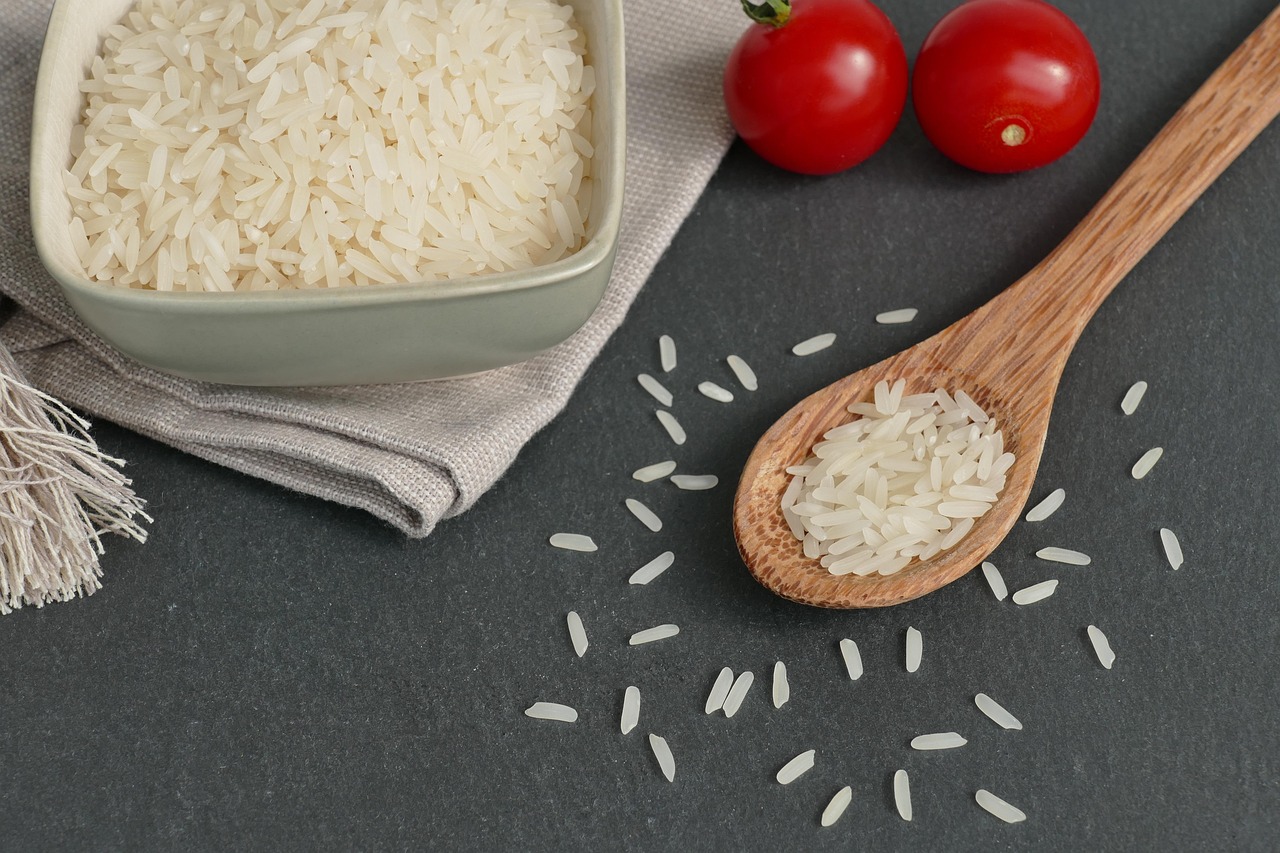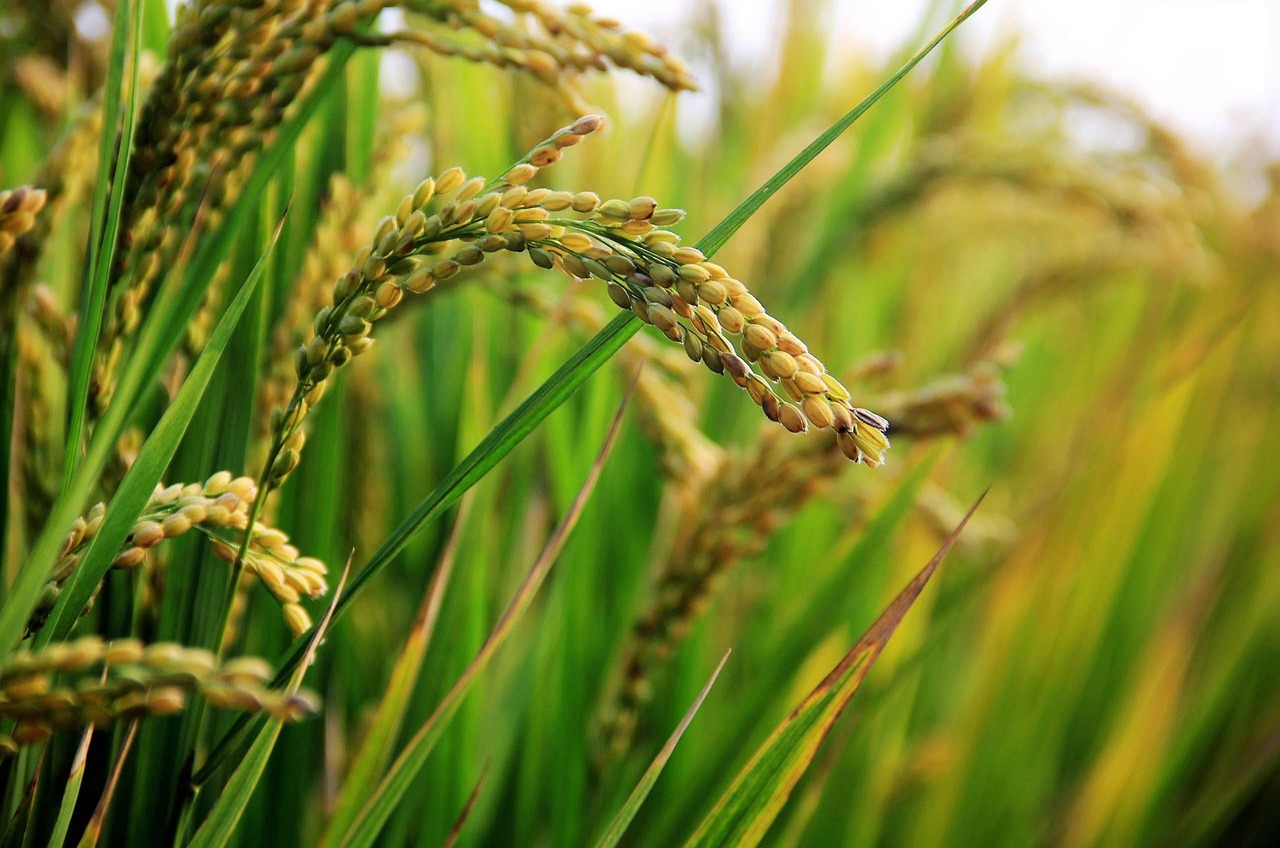Chocolate bars have long been a staple of sweet indulgence across the globe. From luxurious artisan creations to popular commercial brands, they appeal to people of all ages with their irresistible flavor, satisfying texture, and wide variety of ingredients. Whether you’re reaching for a quick snack, a romantic gift, or a comfort treat, chocolate bars remain a timeless choice.
The History of Chocolate Bars
The story of chocolate begins in ancient Mesoamerica, where the cacao plant was first cultivated by the Mayans and Aztecs. Back then, chocolate was consumed as a bitter drink, often spiced with chili or herbs. It wasn’t until the 19th century that chocolate began to take on the form we know today.
In 1847, Joseph Fry created the first modern chocolate bar by combining cocoa butter, cocoa powder, and sugar into a moldable paste. Soon after, major brands like Cadbury and Nestlé entered the scene, revolutionizing the production and marketing of chocolate bars. By the early 20th century, chocolate bars had become a global sensation.
Types of Chocolate Bars
There are many kinds of chocolate bars to suit different tastes, dietary needs, and culinary preferences:
- Milk Chocolate Bars: These are perhaps the most popular, made with milk solids that give the chocolate a creamy texture and sweet flavor. They’re especially popular with children and casual chocolate lovers.
- Dark Chocolate Bars: Known for their intense cocoa flavor and slight bitterness, dark chocolate bars contain a higher percentage of cocoa solids and less sugar. They are often touted for their potential health benefits due to their high antioxidant content.
- White Chocolate Bars: Technically not true chocolate (as they lack cocoa solids), white chocolate bars are made from cocoa butter, sugar, and milk. They offer a sweet, rich flavor and are favored by those who prefer mild-tasting confections.
- Filled or Flavored Bars: These include a wide array of combinations—nuts, caramel, fruit, mint, nougat, biscuits, and more. Popular examples include Snickers, Milky Way, and Kinder Bueno.
- Vegan and Sugar-Free Bars: With growing health awareness and dietary restrictions, many brands now offer vegan and sugar-free options, using alternative sweeteners and plant-based milk.
The Global Chocolate Market
Chocolate bars are big business. The global chocolate market is valued in the hundreds of billions of dollars, driven by consistent demand and innovation. Europe and North America remain the largest consumers, though demand is growing in Asia, Latin America, and Africa.
Major brands such as Mars, Nestlé, Hershey, and Ferrero dominate the market, but there’s also a thriving craft chocolate movement. Artisanal chocolatiers focus on ethical sourcing, unique flavors, and small-batch production, appealing to consumers who seek quality and transparency.
Health and Nutrition
Chocolate, particularly dark chocolate, has been studied for its health benefits. Rich in flavonoids and antioxidants, moderate consumption of dark chocolate may support heart health, improve brain function, and elevate mood. However, many chocolate bars—especially milk and filled varieties—are high in sugar, fats, and calories.
When choosing a chocolate bar, it’s wise to read the label and consider options with higher cocoa content, lower sugar levels, and minimal artificial additives. Some brands now fortify chocolate with added protein, fiber, or vitamins to appeal to health-conscious consumers.
The Cultural Impact of Chocolate Bars
Chocolate bars are more than just food—they are part of culture and tradition. They feature in holidays like Valentine’s Day, Halloween, and Easter. They’re used in cooking and baking, gifted to loved ones, and even employed in marketing strategies that evoke comfort, luxury, or fun.
From being a battlefield ration during World Wars to becoming symbols of love and indulgence, chocolate bars have carved a unique place in human history.
Conclusion
Chocolate bars continue to be one of the most beloved treats in the world. Their versatility, accessibility, and emotional connection make them a staple in everyday life. Whether you enjoy a classic milk chocolate bar, a rich dark variety, or an innovative gourmet version, there’s no denying the universal appeal of this iconic sweet. As the market evolves to include healthier, more sustainable and more diverse offerings, chocolate bars remain a delicious blend of tradition and innovation.




